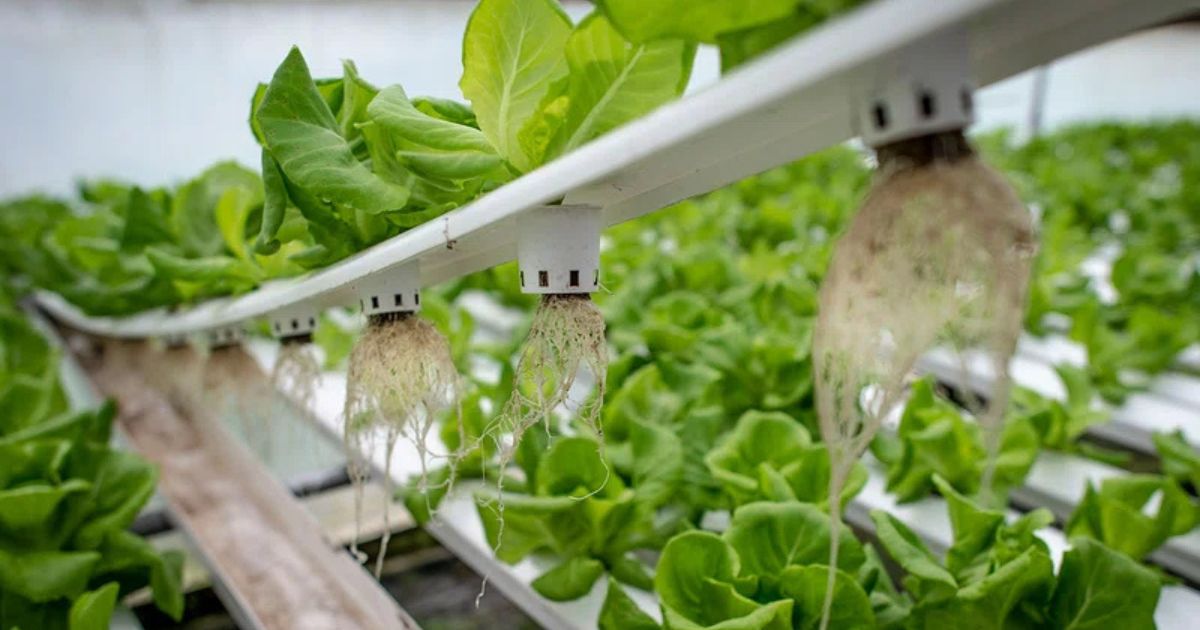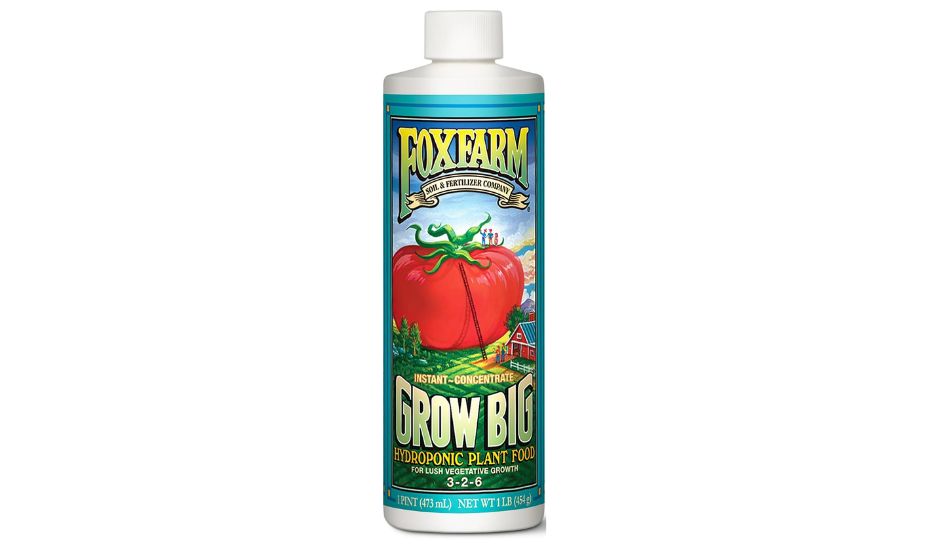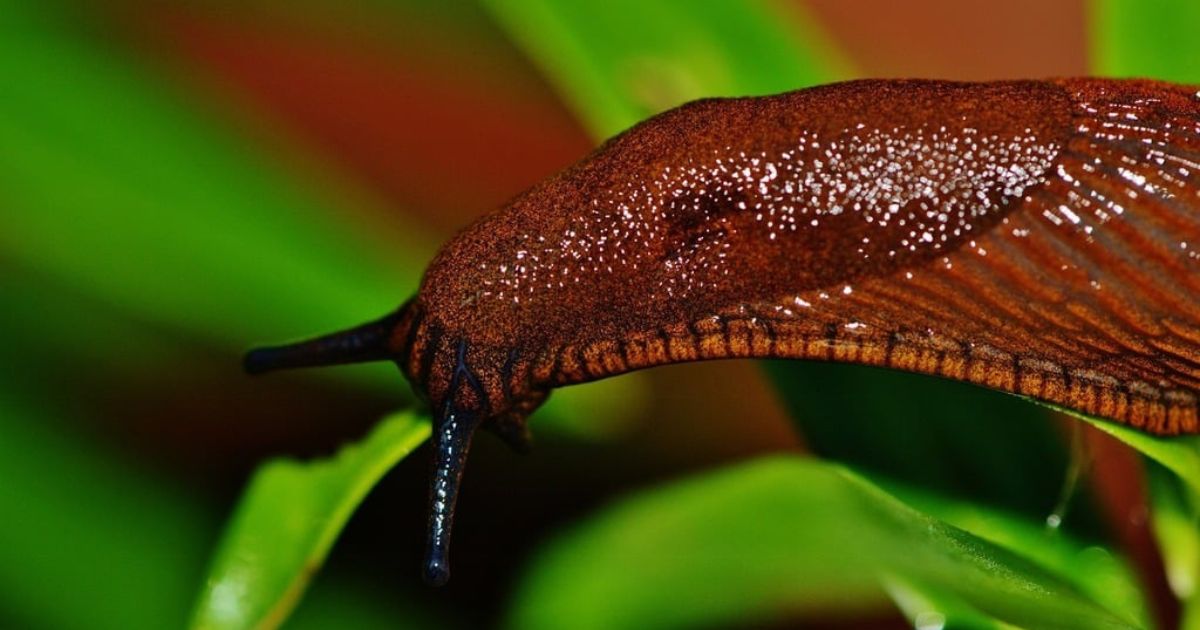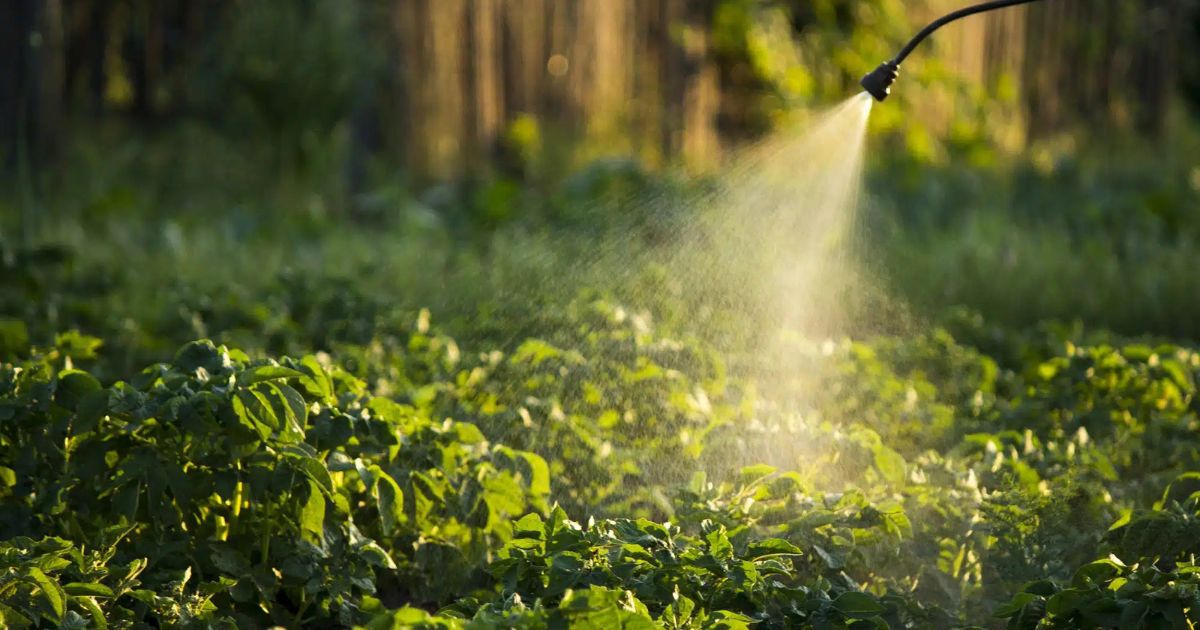
Hydroponic Drip System: A Complete Guide for Growers
A hydroponic drip system is one of the most versatile and efficient methods for growing plants without soil. It’s widely used in both home gardening and commercial farming due to its precision and scalability. This article explores what a hydroponic drip system is, how it works, its advantages, limitations, and step-by-step instructions to set one up.
What Is a Hydroponic Drip System?
A hydroponic drip system is a method of growing plants where a nutrient-rich water solution is delivered directly to the root zone of each plant through small, controlled drips. Instead of soil, plants are supported by inert growing mediums like coco coir, perlite, or rockwool.
This system ensures plants receive an optimal supply of water, nutrients, and oxygen, making it a highly efficient and customizable solution for growing various crops.
How Does a Hydroponic Drip System Work?
The system operates in a loop that delivers nutrient solution and can be categorized into two types:
- Recovery (Recirculating) Systems: Excess nutrient solution is collected in the reservoir and reused. This setup minimizes waste and is more sustainable.
- Non-Recovery Systems: Excess solution is not reused. While this approach reduces the risk of nutrient imbalances, it requires precise calibration and generates more runoff.
Components of a Hydroponic Drip System
- Reservoir: Holds the nutrient solution.
- Water Pump: Circulates the solution from the reservoir.
- Drip Lines: Tubing that carries the solution to the plants.
- Drip Emitters: Control the flow rate of water and nutrients to the root zone.
- Growing Medium: Provides root support and aids in moisture retention.
- Timer: Automates the irrigation schedule.
- Plants: The crops you want to grow.
Benefits of Hydroponic Drip Systems
A hydroponic drip system offers numerous advantages, making it a popular choice among growers:
1. Precise Control
- Adjust nutrient delivery, water flow, and timing to meet specific plant needs.
2. Versatility
- Suitable for a wide variety of crops, from leafy greens and herbs to fruiting plants like tomatoes and peppers.
3. Water Efficiency
- Recirculating systems reuse excess nutrient solution, significantly reducing water consumption compared to soil-based farming.
4. Scalability
- Can be easily scaled up for commercial farming or down for home gardening.
5. Reduced Risk of Disease
- Growing without soil eliminates many soil-borne pests and diseases.
Limitations of Hydroponic Drip Systems
While highly efficient, drip systems also have some challenges:
1. Clogging
- Drip emitters can clog due to salt buildup or debris, requiring regular maintenance.
2. Initial Cost
- The system can be expensive to set up, especially with automated components.
3. Monitoring Needs
- Requires constant monitoring of pH, nutrient levels, and flow rates for optimal performance.
4. Overwatering Risk
- Incorrect drip timing or flow rates can lead to overwatering, which may harm plant roots.
Setting Up a Hydroponic Drip System
Follow these steps to build and maintain an efficient hydroponic drip system:
Step 1: Gather Materials
- Reservoir (e.g., a plastic tub or bucket)
- Water pump
- Drip lines and emitters
- Timer
- Growing medium (coco coir, perlite, or rockwool)
- Plants or seedlings
- Nutrient solution
- pH meter and EC meter (for monitoring)
Step 2: Assemble the System
- Set Up the Reservoir: Fill the reservoir with a nutrient solution appropriate for your plants. Adjust the pH to 5.5–6.5.
- Connect the Pump: Attach the water pump to the drip lines and position the emitters near the base of each plant.
- Position the Plants: Place plants in containers or net pots filled with the growing medium.
- Install the Timer: Connect the timer to the pump and set an irrigation schedule. Start with 5–10 minutes of dripping every few hours and adjust based on plant needs.
Step 3: Test the System
- Turn on the pump to ensure all emitters are functioning correctly and providing even coverage.
Step 4: Monitor and Maintain
- Regularly check nutrient levels, pH, and the condition of the emitters to prevent clogs.
Best Crops for Hydroponic Drip Systems
Drip systems are highly versatile and work well for many crops, including:
- Tomatoes: Thrive with precise nutrient delivery.
- Peppers: Benefit from consistent moisture and nutrients.
- Strawberries: Produce high yields in controlled environments.
- Lettuce: Grows quickly and efficiently in drip systems.
- Basil: Ideal for home or commercial setups due to its fast growth.
Tips for Success
- Prevent Clogging: Use filters on the pump and clean the system regularly to prevent blockages in the emitters.
- Monitor the Timer: Adjust the irrigation schedule based on plant growth stages and environmental conditions.
- Maintain Proper Aeration: Ensure the growing medium allows for adequate root oxygenation.
- Use High-Quality Nutrients: Invest in hydroponic-specific nutrient solutions to maximize plant health and yield.
Conclusion
A hydroponic drip system is an excellent choice for growers looking for precise control, water efficiency, and scalability. While it requires an initial investment and regular maintenance, the long-term benefits far outweigh the challenges. Whether you’re an urban gardener or a commercial farmer, this system offers a reliable and sustainable way to grow healthy, high-yielding plants.
Start small, experiment with your setup, and enjoy the rewarding process of growing plants hydroponically with a drip system. The results are sure to impress!



